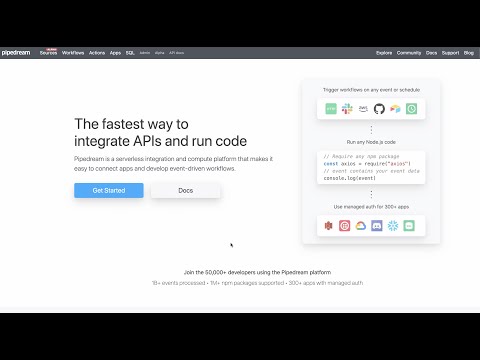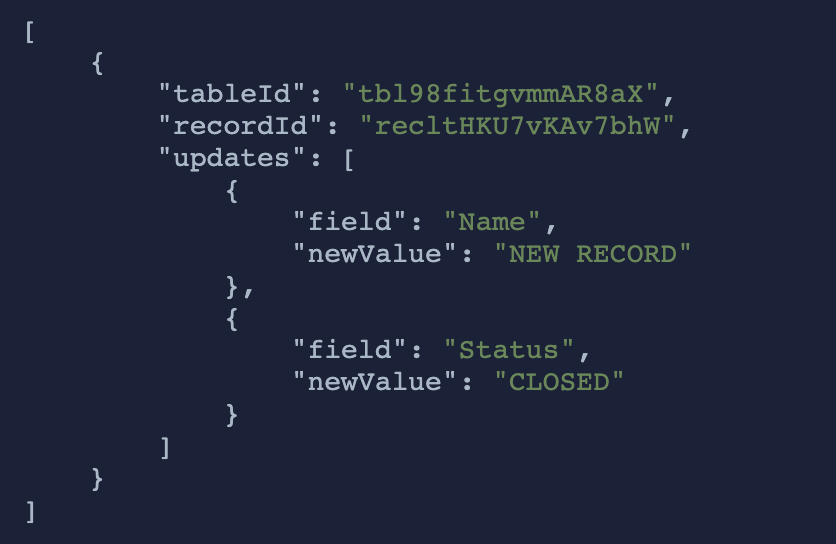What do you want to automate
with Unbounce and Slack?
Prompt, edit and deploy AI agents that connect to Unbounce, Slack and 2,800+ other apps in seconds.
Trusted by 1,000,000+ developers from startups to Fortune 500 companies
Popular Ways to Connect Unbounce with Slack#
Popular Unbounce and Slack Triggers#
Emit new event when a new message is posted to one or more channels
Emit new event when a new form submit is received.
Emit new event when a message was posted in a direct message channel
Emit new events on new Slack interactivity events sourced from Block Kit interactive elements, Slash commands, or Shortcuts
Popular Unbounce and Slack Actions#
Retrieve a list of all leads for a given page (including AMP), pop-up, or sticky-bar. See the documentation
Send a message to a public or private channel. See the documentation
Send a message to a user, group, private channel or public channel. See the documentation
Configure custom blocks and send to a channel, group, or user. See the documentation
Overview of Unbounce#
The Unbounce API lets you tap into the powerful landing page platform to automate tasks and sync data with other services. Use it within Pipedream workflows to capture, analyze, and act on leads generated through your landing pages. Think of fetching form submissions, updating leads in a CRM, or dynamically modifying landing page content.
Connect Unbounce#
import { axios } from "@pipedream/platform"
export default defineComponent({
props: {
unbounce: {
type: "app",
app: "unbounce",
}
},
async run({steps, $}) {
return await axios($, {
url: `https://api.unbounce.com/users/self`,
headers: {
Authorization: `Bearer ${this.unbounce.$auth.oauth_access_token}`,
"Accept": `application/vnd.unbounce.api.v0.4+json`,
},
})
},
})
Overview of Slack#
The Pipedream app for Slack enables you to build event-driven workflows that interact with the Slack API. Once you authorize the app's access to your workspace, you can use Pipedream workflows to perform common Slack actions or write your own code against the Slack API.
The Pipedream app for Slack is not a typical app. You don't interact with it directly as a bot, and it doesn't add custom functionality to your workspace out of the box. It makes it easier to automate anything you'd typically use the Slack API for, using Pipedream workflows.
- Automate posting updates to your team channels
- Create a bot to answer common questions
- Integrate with your existing tools and services
- And much more!
Connect Slack#
import { axios } from "@pipedream/platform"
export default defineComponent({
props: {
slack: {
type: "app",
app: "slack",
}
},
async run({steps, $}) {
return await axios($, {
url: `https://slack.com/api/users.profile.get`,
headers: {
Authorization: `Bearer ${this.slack.$auth.oauth_access_token}`,
},
})
},
})
Related Videos#


Community Posts#
